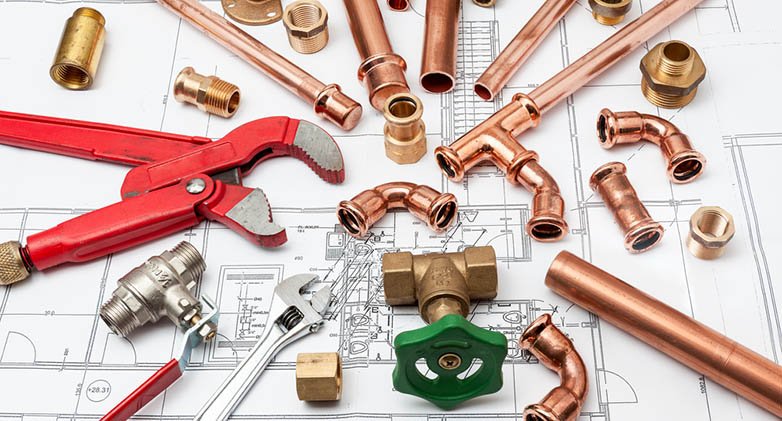
LICENSED • BONDED • INSURED
Winter Worries
The Building Research Council at the University of Illinois shows that the “temperature alert threshold” is 20° F, especially if you have uninsulated pipes running through an uninsulated space. Water expands as it freezes, putting significant pressure on pipes until they cannot hold the ice any longer.
Here are some preventative steps we suggest to keep the expense repair costs down:
Keep garage doors closed, especially if there are water supply lines in the garage.
Leave kitchen and bathroom cabinet doors open to allow warmer air to circulate around the plumbing, especially if your sinks are on an exterior wall.
Let cold water drip from a faucet. Running water through the pipe—even at a trickle—helps prevent pipes from freezing.
Keep the thermostat set to the same temperature during day and night, especially during a cold snap.
If you plan to be away during cold weather, leave the heat on in your home, set to a temperature no lower than 55° F.
For the long term, add insulation to attics, basements, and crawl spaces. Insulation will maintain higher temperatures in those areas. And to prevent drafts, seal cracks and openings around windows, doors, and at sill plates, where the house rests on its foundation.
Call Your Pro
The best way to prevent a pipe from freezing or to thaw pipes is to call a professional plumber.
If you want to avoid issues with frozen pipes, call us to winterize your home. We know which pipes are in danger and which methods are best to be used to protect your plumbing.
In the event that it’s too late, we can safely thaw your pipes and will minimize the risk of a burst pipe.
Clogged Drains
Slow or clogged drains occur when something blocks the drain partially or completely. In sinks and showers, hair is often the culprit, but other items, such as a shampoo lid or small toy, may enter the drain and block the pipe. In toilets, the problem often comes when something other than dissolvable waste enters the toilet and gets flushed. Those solid items cannot move through the pipe, making it difficult or impossible for water to flow past the blockage and down the pipes.
“Flushable” wipes should NOT be flushed.
Anything can be labeled as “Flushable”, and if you try hard enough, any object can become “Flushable”. It does not mean it should be flushed though.
Use a plunger to help remove the clog. A plunger works on both toilets and on drains. It’s best practice to have separate, designated plungers for toilet use and drain use. If you can draw the blockage close enough, use a simple drain snake to grab the clump and remove it.
Call Your Pro
Let a professional handle clogged drains or a clogged toilet if you can’t easily remove the blockage yourself. Another time to call a plumber is when you get repeated clogs in the same drain.
Using chemical drain cleaners can damage pipes over time with regular use. A plumber may be able to fix the problem to prevent future clogs without damaging the pipes.
Running Toilets
A running toilet is one of the most annoying problems to have in the house. The toilet still works, but it constantly runs, wasting water and causing an annoying sound.
A constantly running toilet often happens when the inner workings of the toilet no longer work properly. The flapper valve often lets water run if it no longer fits properly. Other potential causes include an imbalanced float, loose fill tube or a leak. Check for a leak by putting food coloring in the tank. After about 20 minutes, check out the bowl to see if the color traveled into the bowl water because of a leak.
By checking each component to find the specific problem, you can replace the correct part. Check and adjust the float to ensure the fill valve shuts off properly. Check the chain attached to the flapper to get the proper length and to ensure it isn’t tangled. If simple adjustments don’t work, replacing all of the internal tank components may be necessary. Toilet repair kits typically fit standard models and are available at many home improvement stores. Follow the instructions for relatively easy installation.
While you can’t typically prevent the toilet issues, you can inspect the components regularly to ensure they all work properly.
Call Your Pro
You may still need a plumber if you replace the toilet components in the tank and the running still doesn’t stop.





